Exploring Astoria in a Wheelchair: An Oregon Coast Town
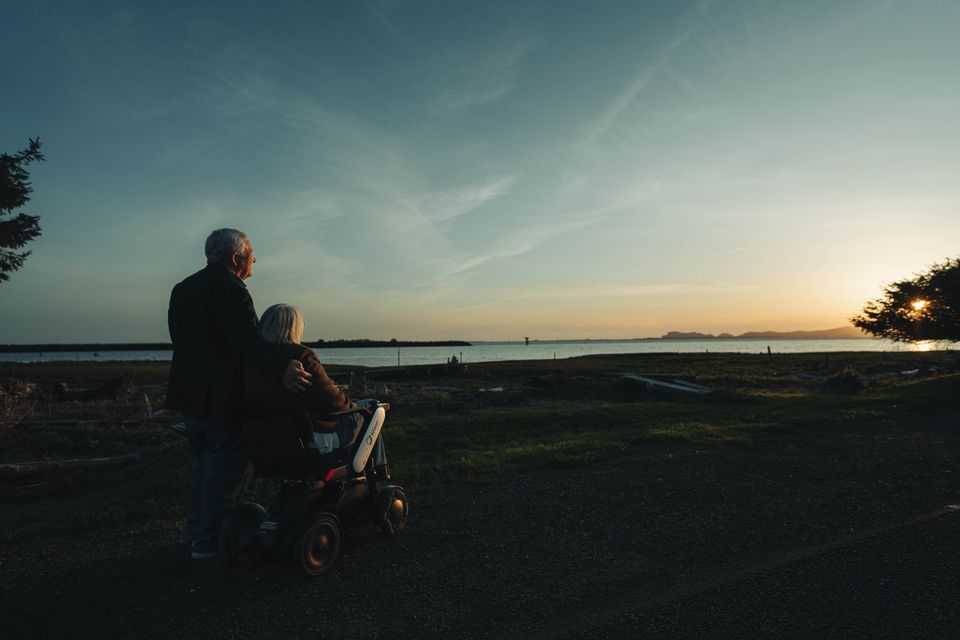
This article is written by Ken and Cheryl - the founders of the blog Traveling with a Chair where they share their experiences, insights, and tips to help individuals travel with disabilities. Their goal is to help you "Live Your Best Life from a WheelChair." Be sure to check out their website and valuable resources.
We had the privilege of traveling with Wheel the World to Astoria, Oregon in May of this year. This was our first trip with Wheel the World and we look forward to traveling with them again. This organization is an expert in planning accessible travel and they work hard to make sure that your experience exceeds your expectations and that there are no surprises during your trip.
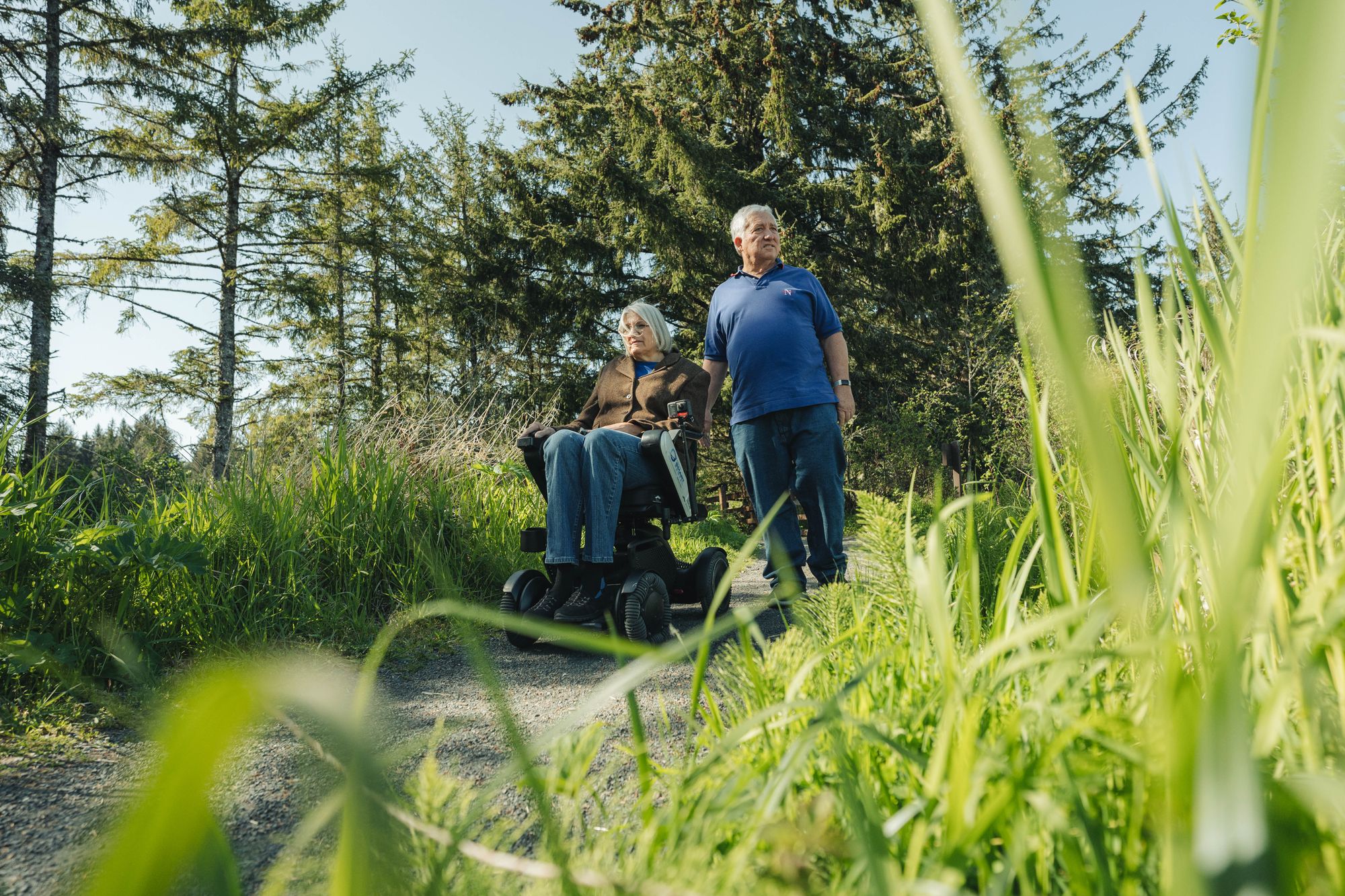
Travel To Astoria
Because of my physical challenges I cannot fly across the country nonstop. So, Wheel the World suggested that we find a place to layover. We requested Dallas since we have an Admirals Club membership and it was about halfway.
We traveled to Tampa the night before and stayed near the airport to shorten the travel day when flying, and to make sure we were close to the airport for our early morning departure.
I travel in a Whill Ci2 power wheelchair and love that it can be checked at the gate. This enables me to get to the aircraft on my own, then my husband Ken will remove the battery and place it in the overhead bins. I can walk enough to get to my seat using a cane and the seat backs to maintain balance. One thing we always remember is to specify that we want my wheelchair during the layover. Otherwise, it would be sent on to the final destination, leaving me having to use airport wheelchairs which are not user friendly.
In Portland, the nearest major airport to Astoria, we were met by a representative of Wheel the World. She had an accessible van waiting for us. We loaded the luggage and I rode the chair up into the van. We had a short wait while the rest of our group arrived, and then it was off to the hotel.
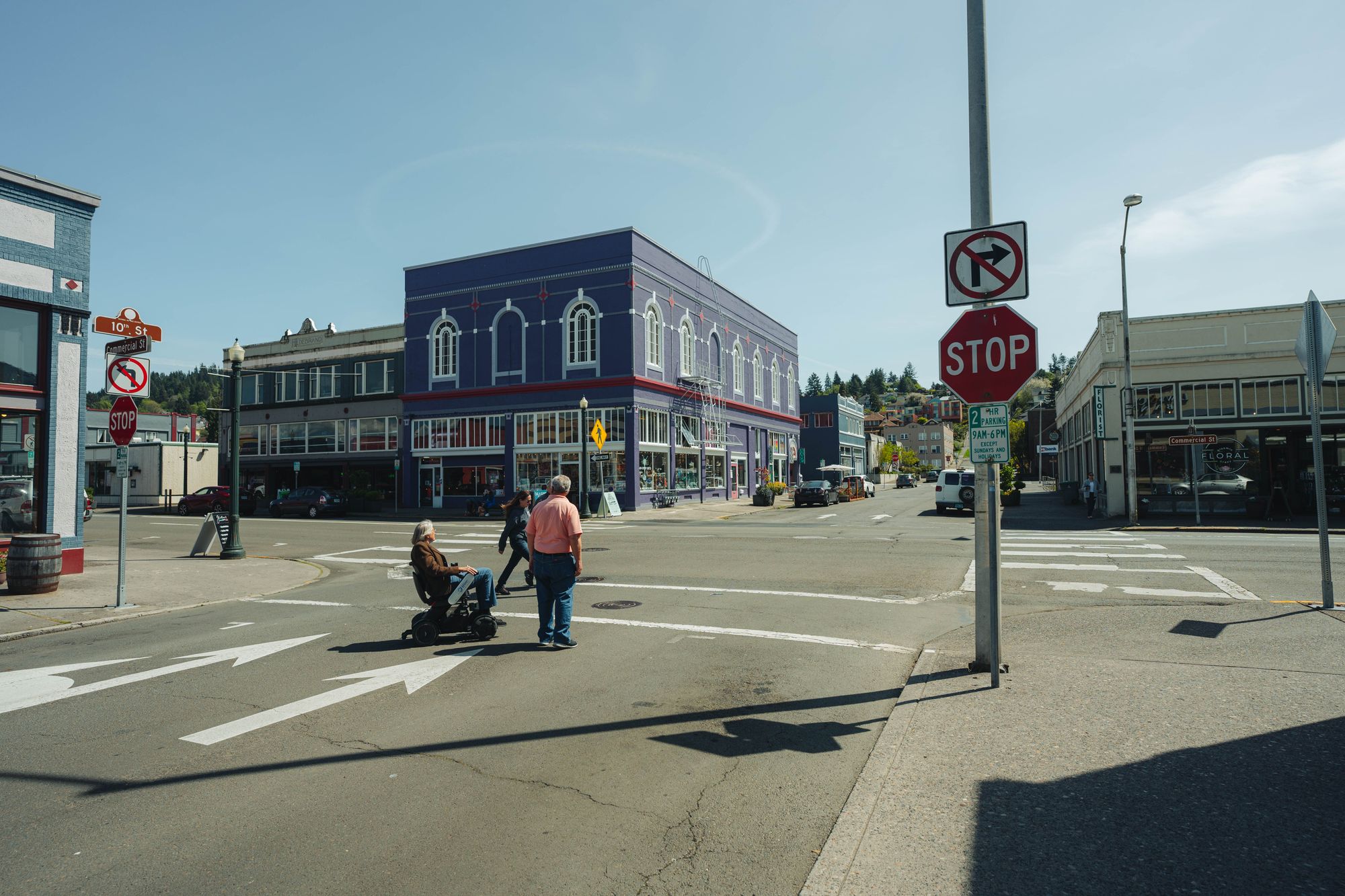
Astoria Hotels
We stayed at the Holiday Inn Express in Astoria. It was in an amazing location right along the banks of the Columbia River and next to the Astoria Riverwalk. We would watch the ships moving up and down the river as we ate our complimentary breakfast.
We had a fully accessible room with a roll-in shower and lots of rails to make things easy. The property also had an accessible indoor pool, and the exterior was easy to access. The path to the river walk crossed the railroad tracks and was well designed. It was a pleasure to independently explore nearby with my Whill.
The Cannery Pier Hotel and Spa is another accessible hotel on the waterfront. A beautiful place to stay, it is located further downstream along the Riverwalk. One of the accessible rooms looks out on the river with a river front balcony that is also accessible.
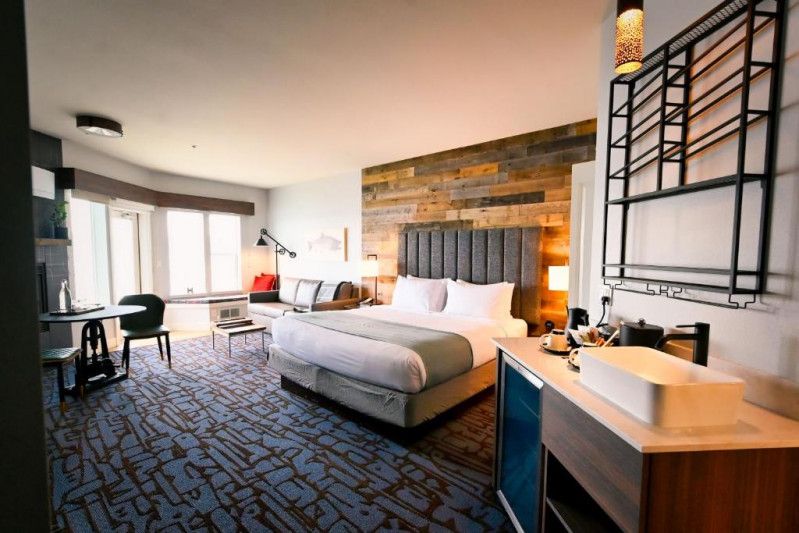
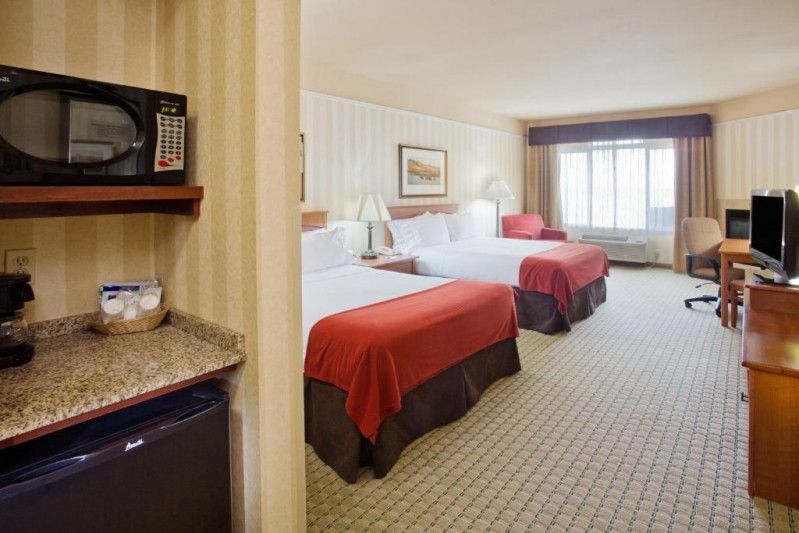
Accessible hotel rooms in Astoria - The Cannery Pier Hotel & Spa and Holiday Inn Express
Dining in Astoria
We found the downtown area in Astoria very accessible with good curb cuts, and many of the restaurants and stores had either a flat entry or a ramp. Everywhere we wanted to eat was accessed without any issues.
One place we loved was the Fort George Brewery and its upstairs Pizzeria. They had a unique way to access the second floor. The building is built into a hill, so the access to the second floor is from a side street that goes up the hill, where they have built a ramp leading to the pizzeria. In clear weather you can eat al fresco on the patio.
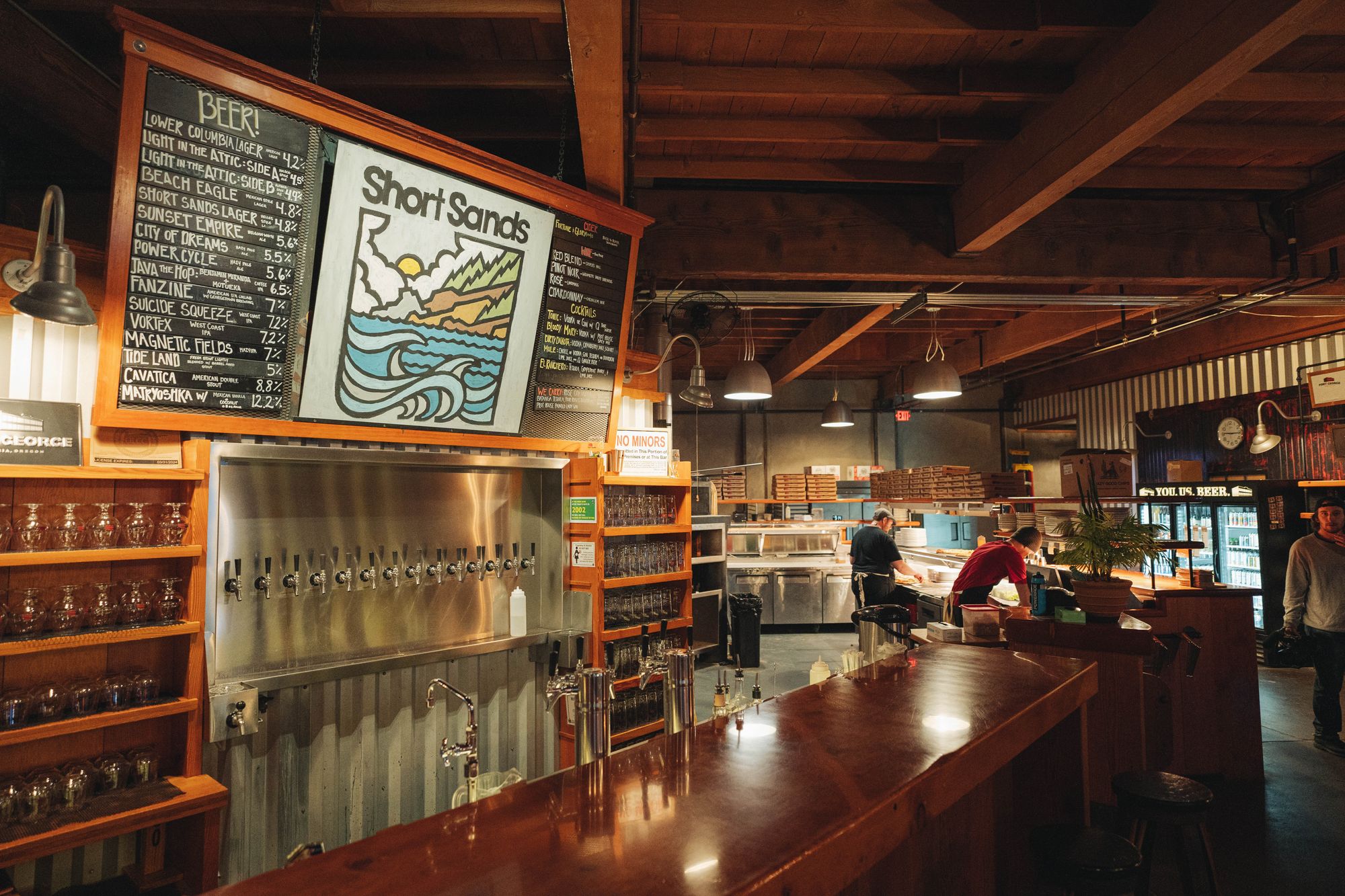

Interesting and Accessible Attractions
Astoria has numerous interesting things to see and experience. We would visit several accessible attractions in town, and then venture across the river to several other popular sites.
The Astoria Column
The iconic Astoria Column, built in 1926, stands as a testament to the early settlers and founders of the region. Visitors can climb to the top for a bird’s eye view of Astoria. My husband made the climb and said the view was amazing but admitted that at 70, it was a challenging climb.
The view from the grounds is also quite beautiful and definitely worth visiting and photographing. The grounds were very accessible with smooth entries to sidewalks. There are views of both the Columbia River and Youngs River, which merge into the Columbia at Astoria.
The gift shop is partially accessible, and the staff were welcoming and accommodating.
The park has outbuildings with accessible restrooms. I found the women's restroom accessible in the Whill, but wider wheelchairs may find it more challenging.
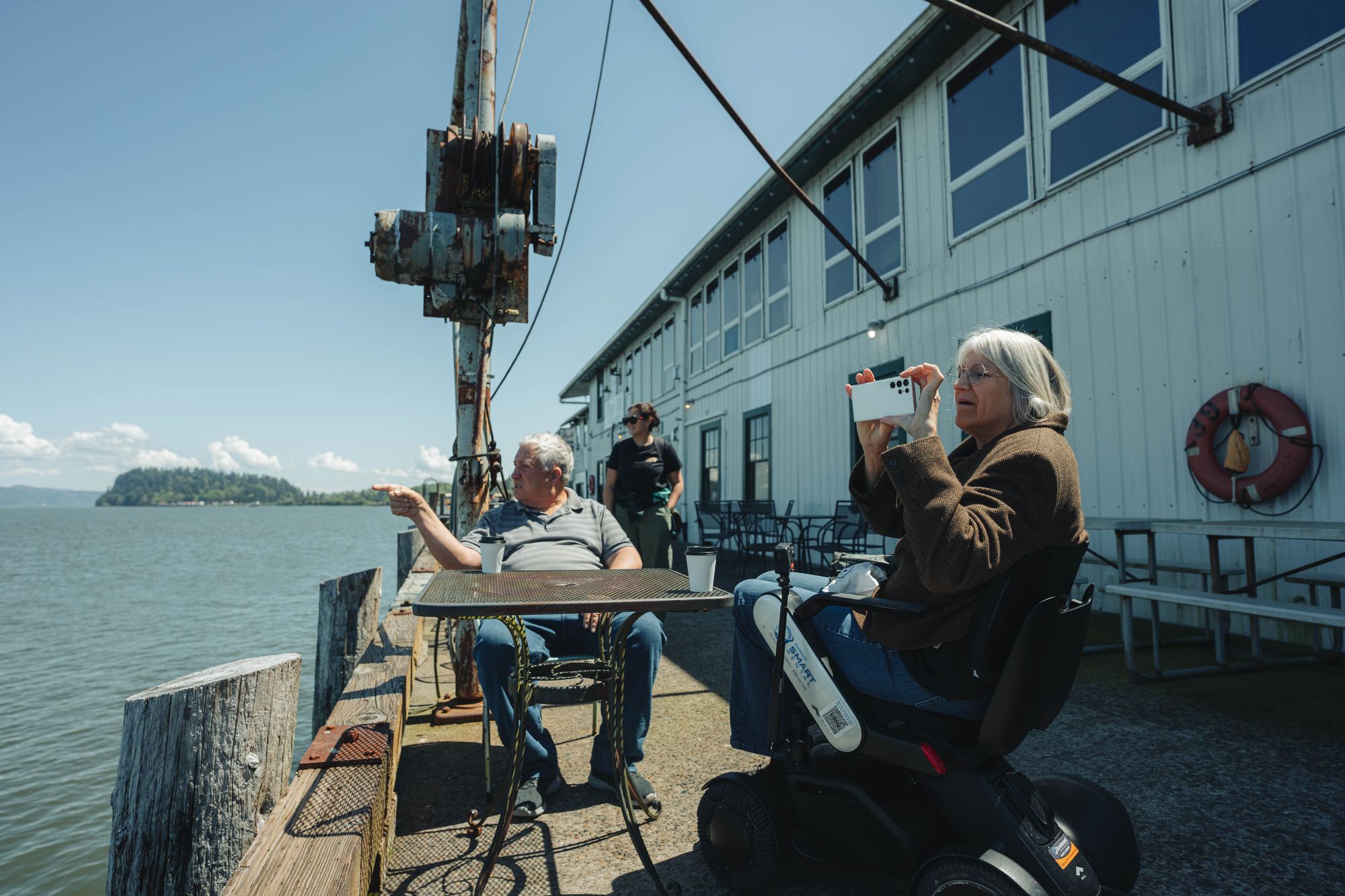
The Astoria River Walk
Astoria Riverwalk, also known as Astoria River Trail, stretches over six miles along the river, passing by fishing ports and businesses, restaurants, and the Columbia River Maritime Museum.
The Astoria River Walk is very accessible, and it uses a wooden bridge that is shared with the antique trolley that runs along part of the river walk. It is the perfect place to watch the ships moving up or down the river.
The Columbia River Maritime Museum
Ken found the Columbia River Maritime Museum fascinating, and we spent an entire morning there. It focuses on the history of the Columbia River and the surrounding Pacific Ocean. The Columbia River bar is one of the most dangerous crossings in the world and the surrounding area is nicknamed the graveyard of the Pacific. Since 1792 there have been approximately 2,000 large ships that have sunk in this area.
The museum has information about the river and the shipwrecks, using informative videos, displays of boats, and sections of boats that were used in the area. Being fully accessible there is a lift that raises wheelchairs to the deck level of one of the boats in the museum.
On the grounds are other displays. In the river behind the museum is a lightboat that used to be used offshore, but that is not accessible. It was the only thing that I could not explore, though Ken was able to tour it.
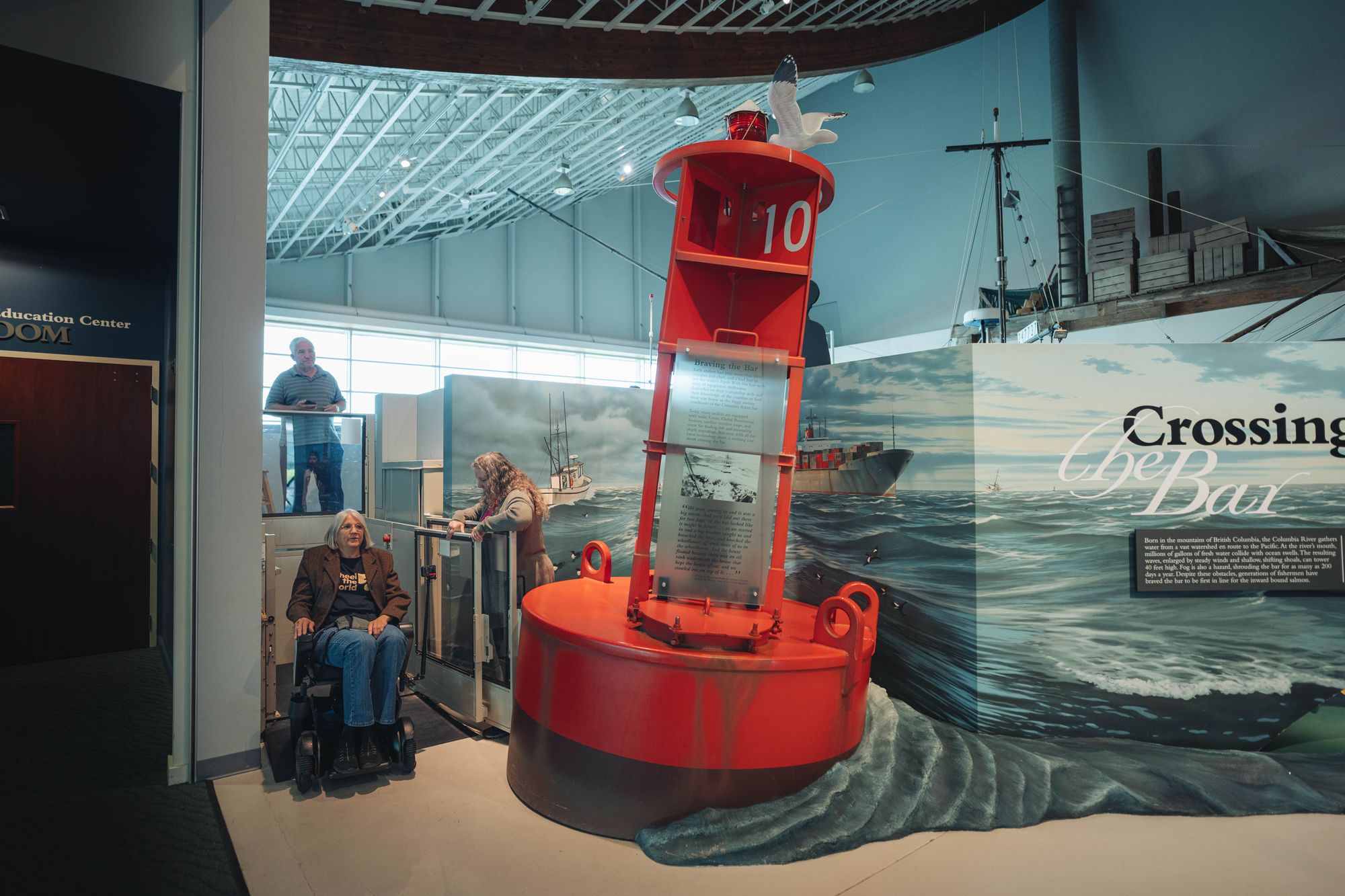
Fort Clatsop Lewis and Clark National Historical Park
Fort Clatsop Lewis and Clark National Historical Park commemorates the 1805-1806 winter encampment of the 33-member Lewis and Clark Expedition. A community-built replica of the explorers’ fort is the main attraction of the park, helping to keep the story of Lewis and Clark alive for future generations.
The fort itself is accessible from one side of the building. In addition, there are several trails that are worth rolling along. One leads down to a boardwalk along the river with interesting information along the boardwalk and relaxing views of the adjacent river.
The trails are all accessible but they are not paved. You travel over dirt and wood bark and the terrain is hilly going down the river path. This may limit some types of mobility devices, especially a basic push wheelchair, but the Whill Ci2 had no issues with any of the trails.
Fort Stevens State Park and the Wreck of the Peter Iredale
The Peter Iredale shipwreck is one of the most visible and accessible shipwrecks in this area. It is located on the beach in Fort Stevens State Park In Warrenton. We were there at low tide and could drive on the beach and get remarkably close to the wreck. I was able to get out of the van and get a good look at it.
There are places along the Oregon Coast where you are allowed to drive on the beach, including Fort Stevens State Park, to get a closer look. Before attempting beach vehicle access, please check local regulations, safety guidelines, and current conditions. Vehicles can get stuck in the soft sand.
My Whill Ci2 is not designed for the sand, but it functioned well enough that we were able to get some great pictures like the one below. I do not recommend using the Whill for sand, but this sand was packed, and I had several young photographers who could help me or the Whill get back to the vehicle if needed. It was able to go straight but could not be turned around while riding it on the sand.
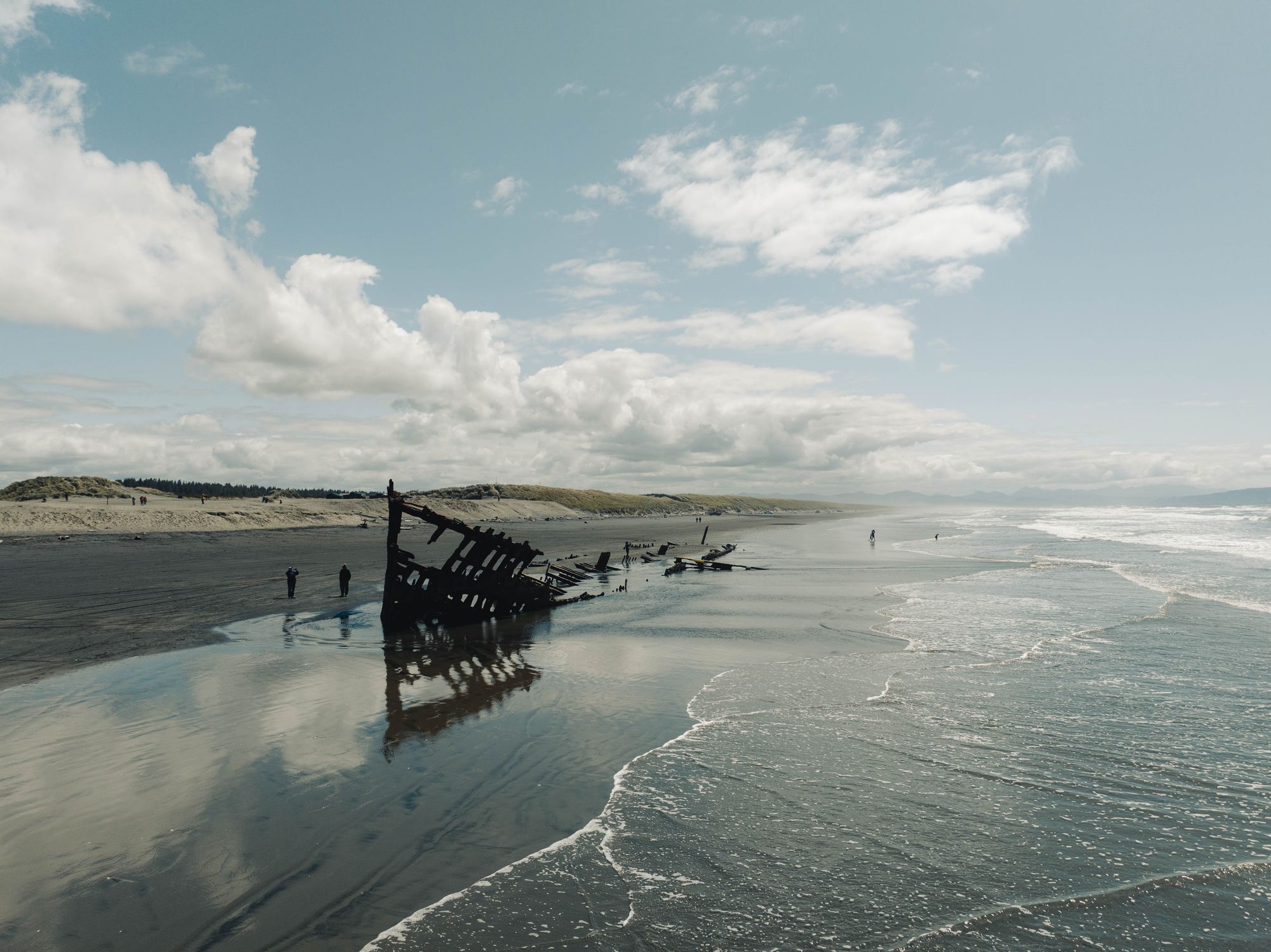
Hassle-free Travel with Wheel the World
Having Wheel the World arrange our journey, we were able to see things that we might otherwise not have discovered. Thanks to their research, they created a trip that exceeded our expectations, and we enjoyed a pleasant hassle-free vacation with accessibility at venues, hotels, for transportation, and restaurants.


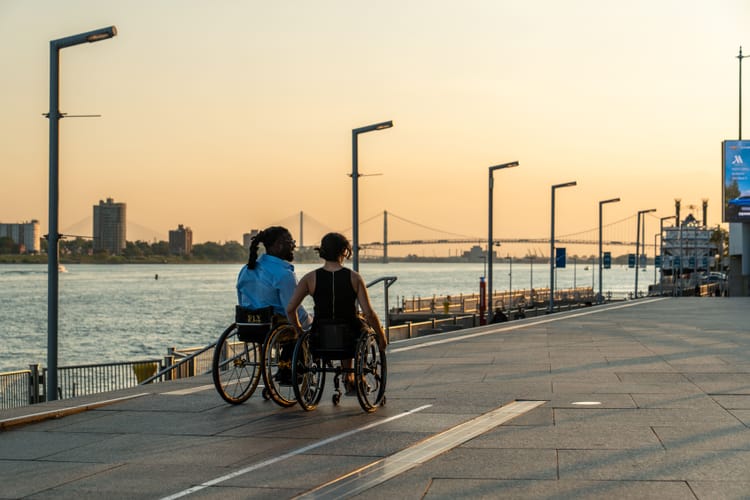
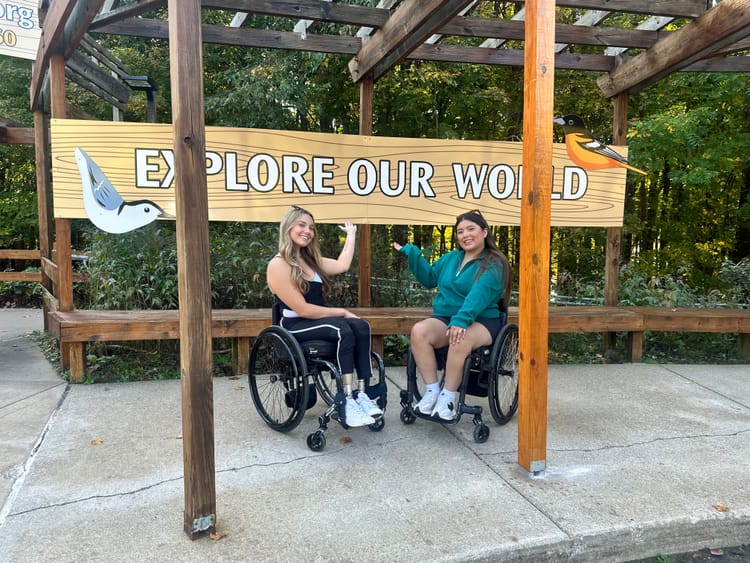
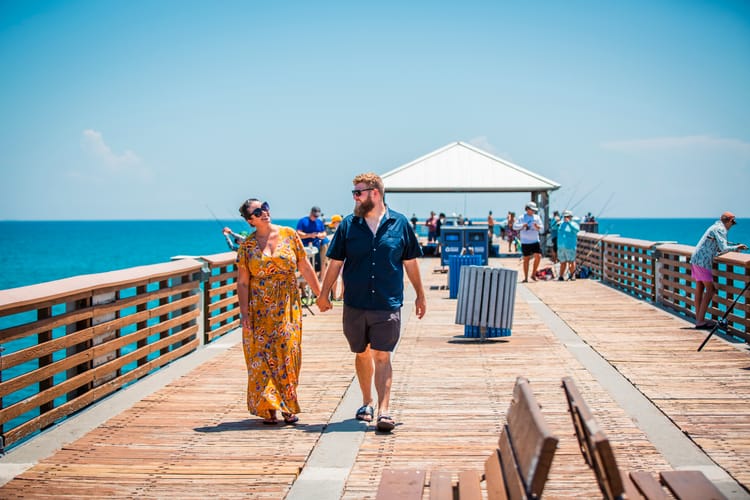
Comments ()